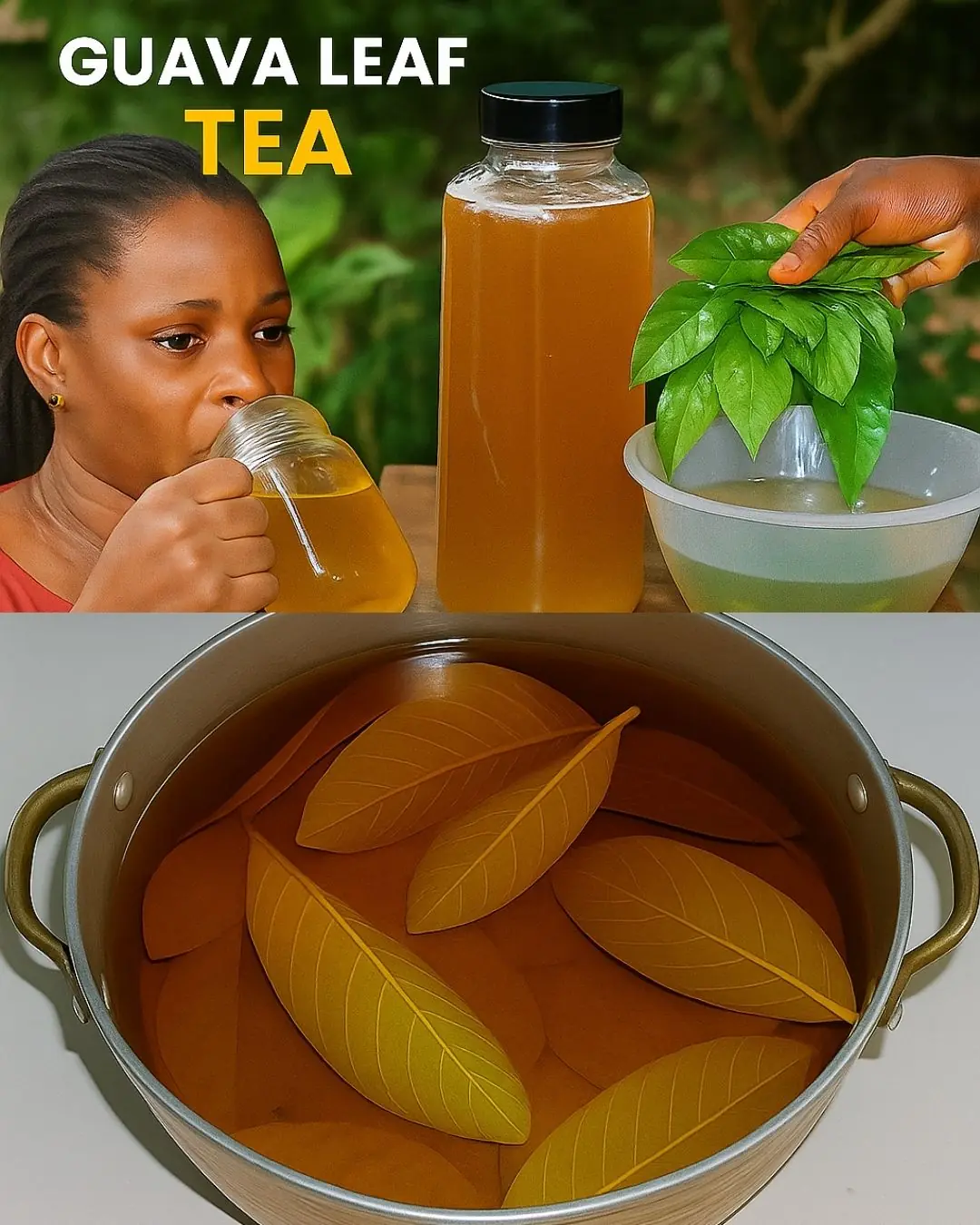
Cold, numb legs or feet? Eat this one food to restore circulation naturally
Today, let's dive into an important subject: the best foods for improving your venous circulation. This may be more significant than you realize. More than half of the population suffers from issues like heavy legs, swelling, and varicose veins. While we often hear about cholesterol and arteries, there's a deeper problem many people overlook: the inflammation that damages your veins from the inside. The surprising part is that some foods, which appear healthy, could actually be exacerbating the problem.
In this article, we will uncover six foods that genuinely enhance your venous return, and we'll also reveal the seemingly harmless foods that you need to eliminate from your diet. You’ll learn how the way you prepare food can turn a beneficial ingredient into something harmful and how simple, everyday foods can have a profound effect on how you feel. Your veins are the body's highways, and it's time to clear the traffic jams. (This article draws on the expertise of Dr. Iñigo Martín)
Key Takeaways
-
Focus on Anti-Inflammatory Foods: Chronic inflammation is often the root cause of many venous issues. Foods rich in polyphenols, healthy fats, and fiber can reduce inflammation and protect your vein walls.
-
Blood Sugar is Key: Foods that spike your blood sugar, such as refined flours and sugar, can damage the delicate lining of your veins, causing them to become stiff and inefficient. Opt for low-glycemic foods.
-
Avoid Hidden Enemies: Processed foods are loaded with trans fats, oxidized oils, and excess salt, which thicken your blood, raise pressure, and negatively impact your circulatory health.
-
Preparation Matters: The way you prepare food is just as important as what you eat. Soaking legumes and nuts, using raw olive oil, and opting for whole grains unlock their full benefits.
6. Oats: The Internal Cleanser
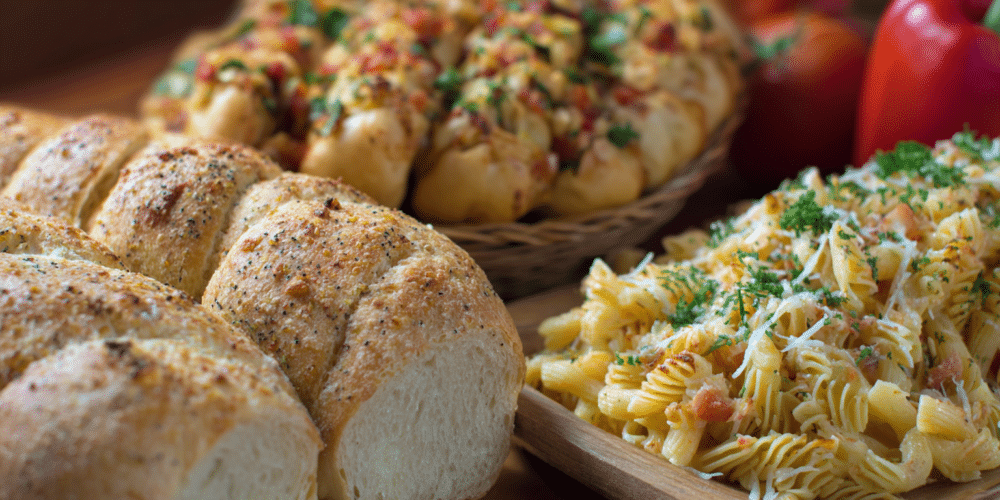
Oats are one of the most overlooked foods when it comes to circulation. This simple cereal provides lasting energy, unlike toast with jam that leaves you hungry by mid-morning. Why the difference? Oats contain a special fiber called beta-glucan, which forms a thick gel in your intestine. You can think of this gel as a sticky net that traps bad cholesterol before it reaches your bloodstream. The result is less viscous blood, which flows more easily through your veins.
The gel also slows down the absorption of sugar. Instead of a rapid spike that harms your veins, oats provide a steady, slow release of energy. This means your veins avoid the sugar surges that can inflame them. But here’s something few people know: when the good bacteria in your gut digest this fiber, they produce short-chain fatty acids that travel through your bloodstream and calm inflammation in your veins and the rest of your body. To get the full benefit, opt for whole or thick-rolled oats. Soak them overnight with a bit of cinnamon and walnuts to activate their nutrients. Be cautious with instant oats—they are highly processed, losing most of the beta-glucan and often packed with added sugars that cancel out the benefits. What you're getting is essentially poison disguised as health.
5. Dark Chocolate (85%+): The Vein-Relaxing Treat
While oats clean your blood from the inside, dark chocolate works its magic on your veins. I’m referring to chocolate with over 85% cacao—no sugary milk chocolate. Why does the difference matter so much? Pure cacao contains flavonoids, compounds that trigger the production of nitric oxide in your body. Nitric oxide signals your blood vessels to relax and widen, much like opening a faucet to let more water flow through.
About half an hour after eating just two squares of dark chocolate, your blood vessels dilate, and blood flows with less resistance. The flavonoids in cacao also help strengthen the walls of your veins, and combining dark chocolate with healthy fats, like walnuts, boosts the absorption of these compounds, especially in capillaries, where circulation often falters. If you feel tingling or coldness in your extremities, dark chocolate might help. Just be sure to choose chocolate with at least 85% cacao; anything below that has too much sugar, which cancels out the benefits. Milk chocolate is worse—it contains milk proteins that block flavonoid absorption.
4. Legumes: The Slow-Burn Energy Source
If refined flours harm your veins, legumes—lentils, chickpeas, and beans—do the opposite. The soluble fiber in legumes is like a broom that sweeps toxins, bad cholesterol, and everything that thickens your blood. But what truly benefits your veins is their low glycemic index. A plate of chickpeas releases energy so gradually that your blood sugar barely rises, meaning no spikes and no damage to your circulation—just steady energy for hours. Legumes are also rich in potassium. Half a cup of white beans has more potassium than a banana, and potassium fights fluid retention. While sodium causes your body to hold onto water and makes your legs swell, potassium helps your kidneys get rid of excess fluid.
Soaking legumes overnight helps neutralize anti-nutrients that block mineral absorption and activates enzymes that make them easier to digest. To make things even easier, cook a large pot on Sunday and store portions in the fridge. This way, you’ll have legumes ready for salads, soups, or as a side dish. Just four or five tablespoons per meal can have noticeable benefits.
3. Avocado: The Creamy Protector
Many avoid avocado due to its fat content, but this creamy fruit is packed with monounsaturated fats—the same healthy fats found in olive oil. These fats keep your blood fluid and smooth, like oil in your car’s engine. The opposite of bad fats that make your blood sluggish, the good fats from avocado enter your bloodstream and integrate into your cell membranes, making them more flexible and able to navigate through the tiniest capillaries. As a result, blood flows better to every part of your body.
Avocados also contain significant amounts of vitamin E, which neutralizes free radicals that attack your blood vessels. What’s more, avocado can enhance the absorption of other vein-protecting nutrients. For example, when you eat carotenoids from carrots, spinach, or tomatoes, they help protect your vessels. But these nutrients need fat to be absorbed. Adding avocado to a salad can increase carotenoid absorption by up to 15 times, maximizing the benefits of your vegetables.
2. Chili Peppers: The Instant Circulation Booster
While avocado works slowly, chili peppers kick-start circulation almost immediately. The compound capsaicin, responsible for the heat in chili peppers, acts as a vasodilator, widening your blood vessels. When you eat chili, you feel the heat spread from your mouth to your chest and finally to your extremities. Those cold hands and feet begin to warm up as blood circulation improves. This effect is almost instant and helps relieve heavy legs by promoting the flow of stagnant blood.
Despite the heat, capsaicin has a profound anti-inflammatory effect, calming the inflammation that damages your veins. It's a paradox: it warms you on the outside while cooling you on the inside. You don’t need to eat whole chilies—just a pinch of cayenne pepper in your meals will suffice. Small, consistent doses are more beneficial than an occasional spicy binge.
1. Extra Virgin Olive Oil: The Liquid Gold for Your Veins
Lastly, we have the most complete protector of your veins: extra virgin olive oil. This liquid gold from the Mediterranean is more than just a healthy fat; it contains a blend of polyphenols that protect your veins. These compounds adhere to the inner lining of your veins, forming a shield that prevents bad cholesterol from oxidizing and sticking to your vein walls. One of the most important compounds is oleocanthal, a natural anti-inflammatory that works similarly to ibuprofen.
To get the best benefits, use raw extra virgin olive oil. Drizzle it on salads, cooked vegetables, or mix it with lemon juice for a simple dressing. If you cook with it, make sure the heat is low to medium, as high heat destroys its beneficial properties. A great ritual is to take one tablespoon of olive oil with a few drops of lemon juice every morning on an empty stomach. This boosts absorption of polyphenols, and the lemon helps emulsify the oil for better digestion.
The Enemies of Your Circulation
Now that you know the heroes, let’s talk about the villains. These three are sabotaging your circulatory efforts without you even realizing it.
-
Refined Flours: White bread, pasta, and crackers may seem harmless, but they behave like sugar in your body. They spike your blood sugar and damage your veins.
-
Processed Nuts and Seeds: Roasted nuts often contain oxidized oils that create inflammation. Avoid processed versions with added salt.
-
Trans Fats: These are among the most harmful substances you can consume. They thicken your blood, making your veins rigid and less elastic.
Conclusion
You now have a comprehensive guide to improving your circulation. Foods like oats, dark chocolate, legumes, and avocado are your allies, while refined flours and trans fats are the hidden enemies. By making simple changes to your diet, you’ll help maintain a healthy circulatory system. Nutrition is just one piece of the puzzle—daily movement, leg elevation, and avoiding prolonged sitting or standing are equally important. Start with small changes, and you’ll soon feel the difference.
News in the same category

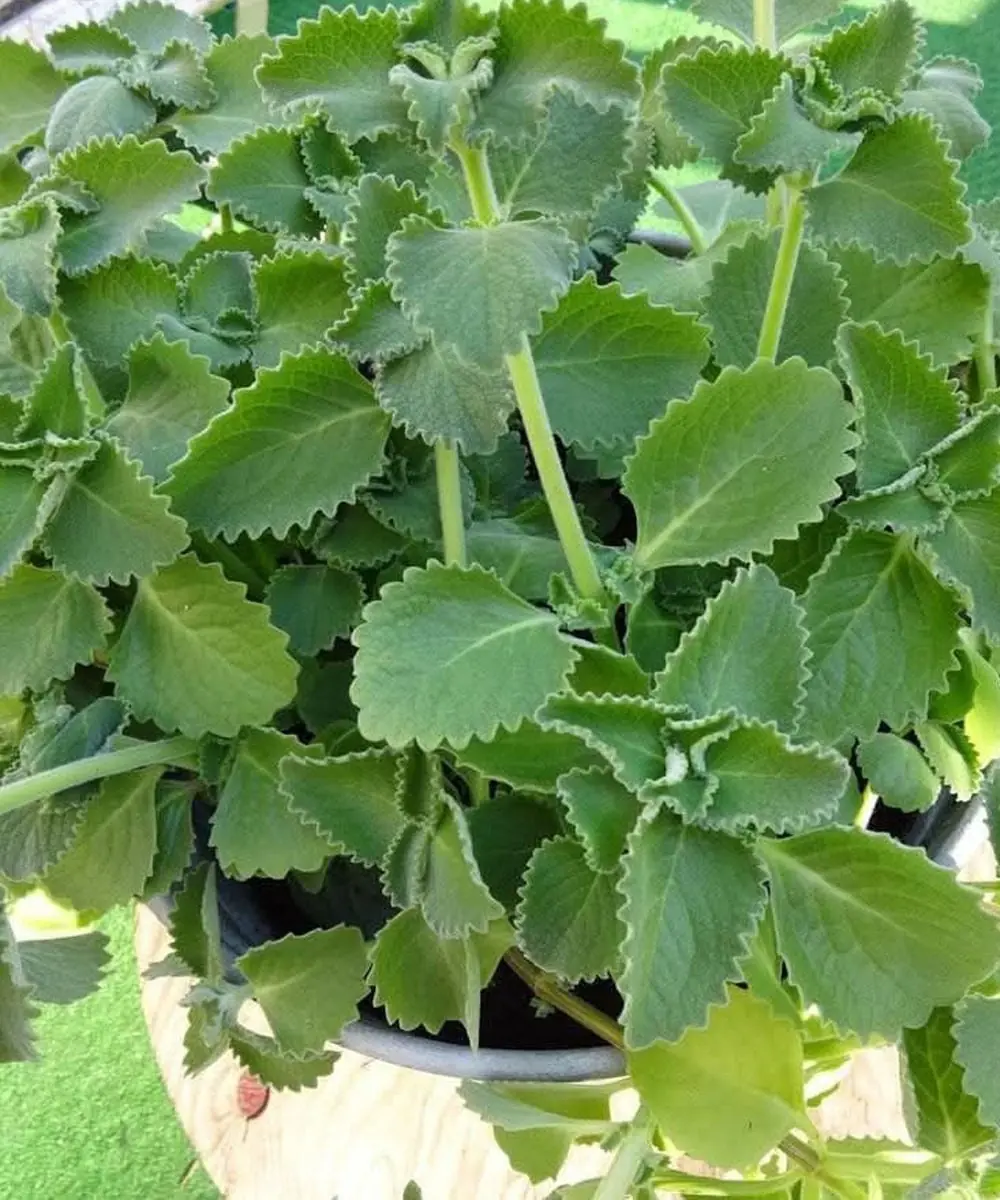
A Scientific Look at Oregano’s Role in Supporting Wellness

Scientists discover ‘stealth bacteria’ from your mouth are hiding in your arteries and triggering heart at:tacks
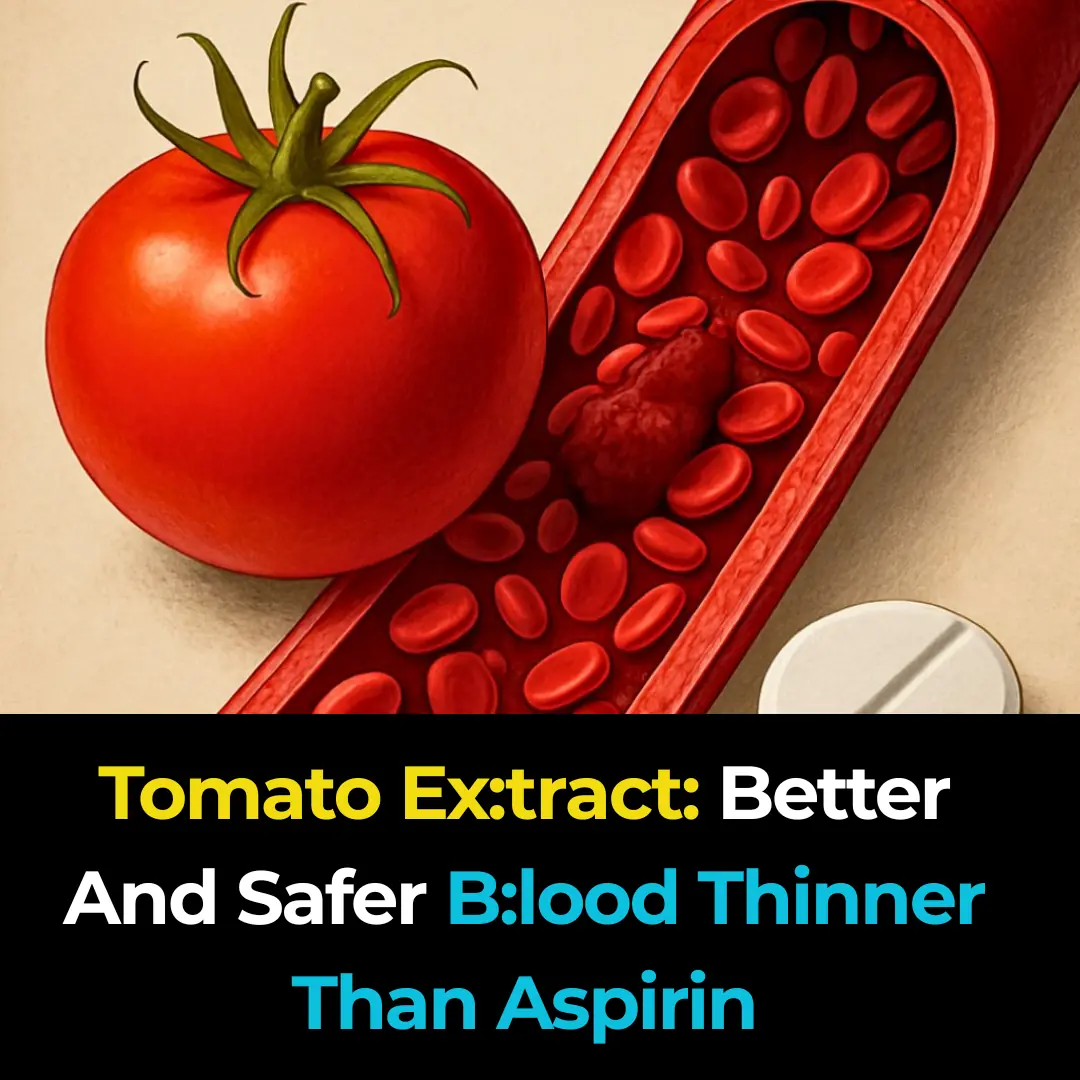
Tomato Extract: Better And Safer B::lood Thinner Than Aspirin
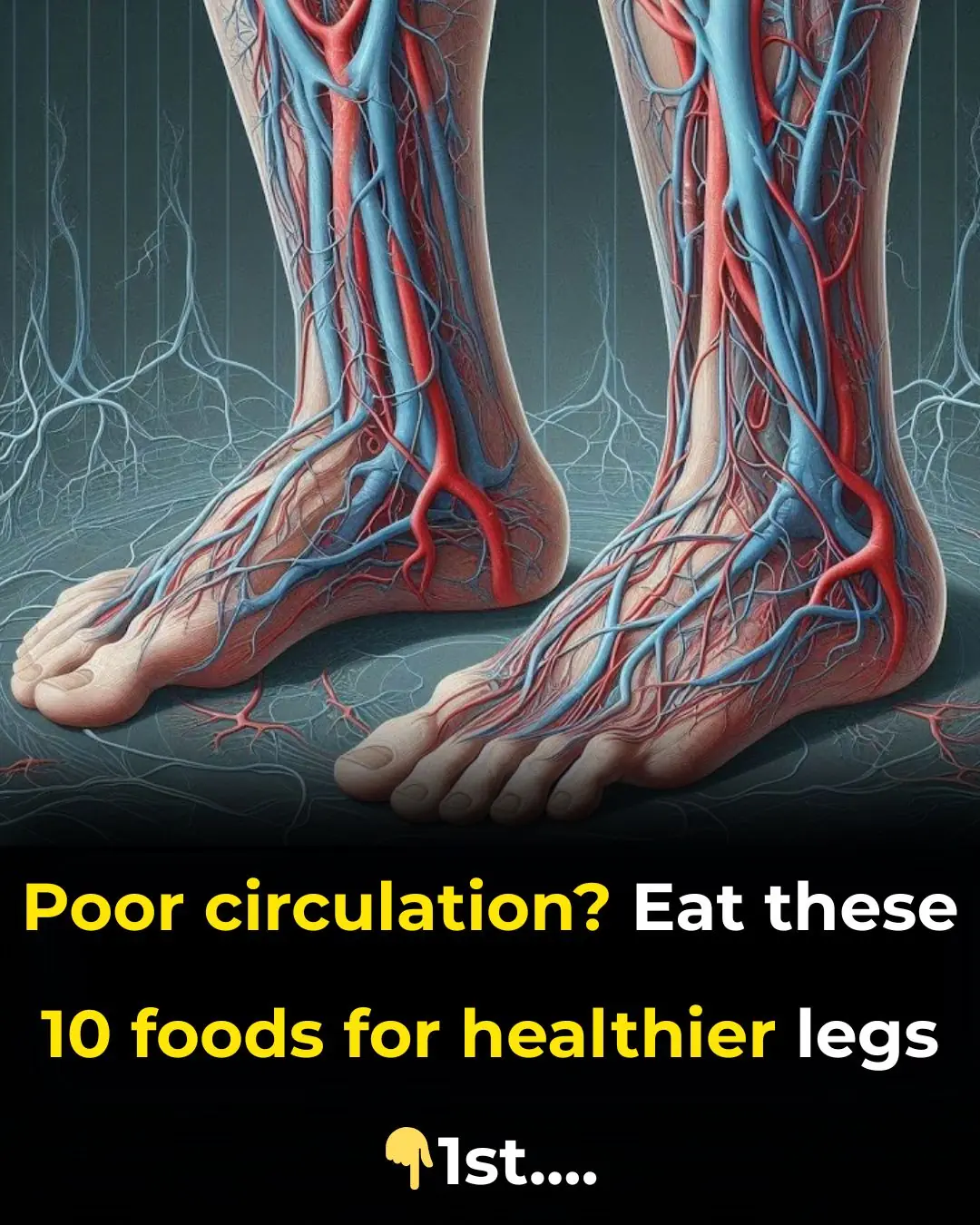
Top 10 foods that improve blood circulation in legs
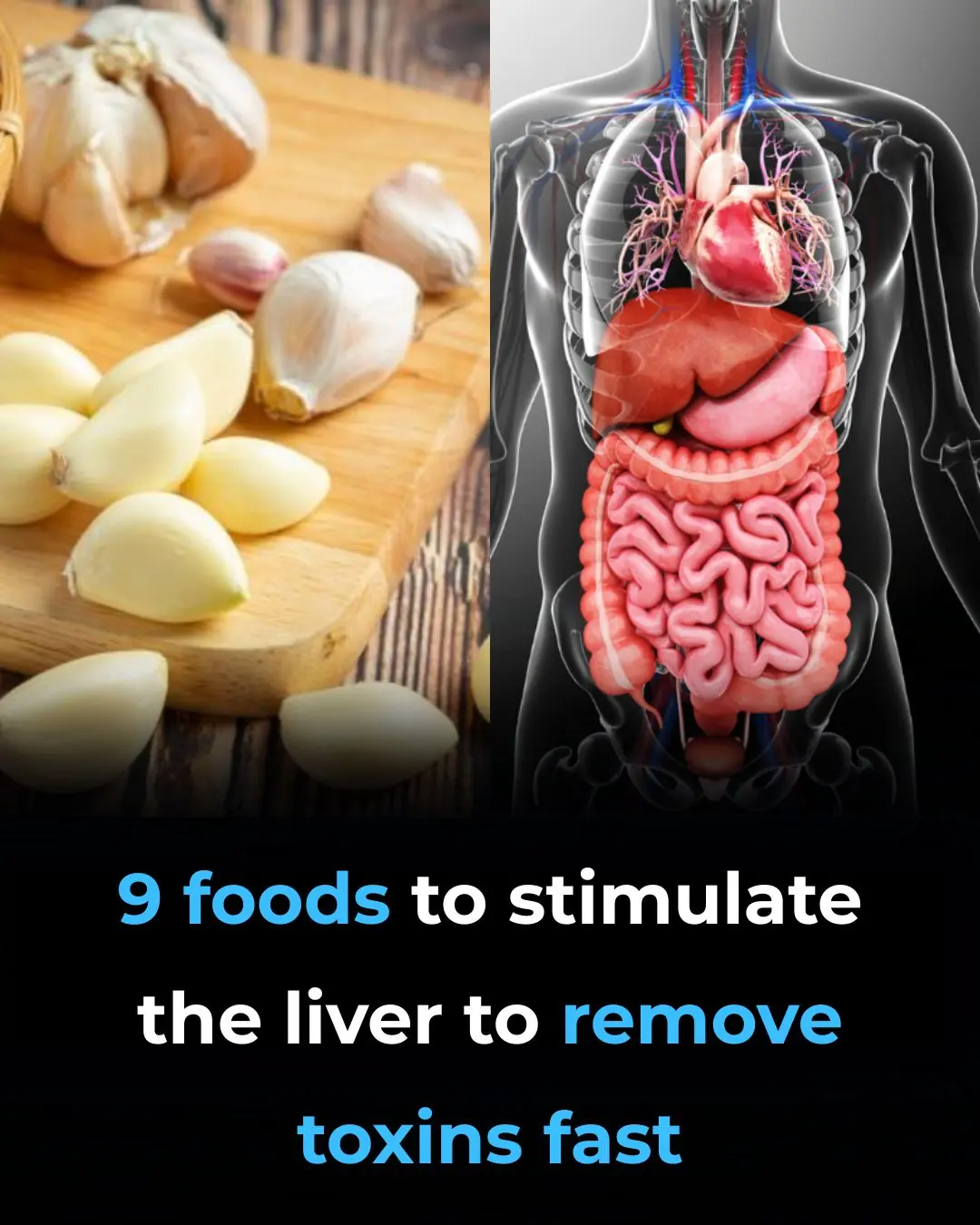
Foods to Stimulate the Liver to Remove Toxins Fast

Why Some People’s Skin Turns Red When Drinking Alcohol

Things That No Longer Appeal to People With High IQs as They Age

10 Strange Habits of Highly Intelligent People That Others Just Don’t Understand, According to Psychology

Laser-Free Eye Surgery Could Correct Vision With Electrical Currents

Children Who Are Hugged Often Have Stronger Immune Systems, Studies Show

Why Charging Your Phone Overnight Might Be a Bad Habit

Blurred Vision in One Eye and a Headache: Don't Ignore These Warning Signs
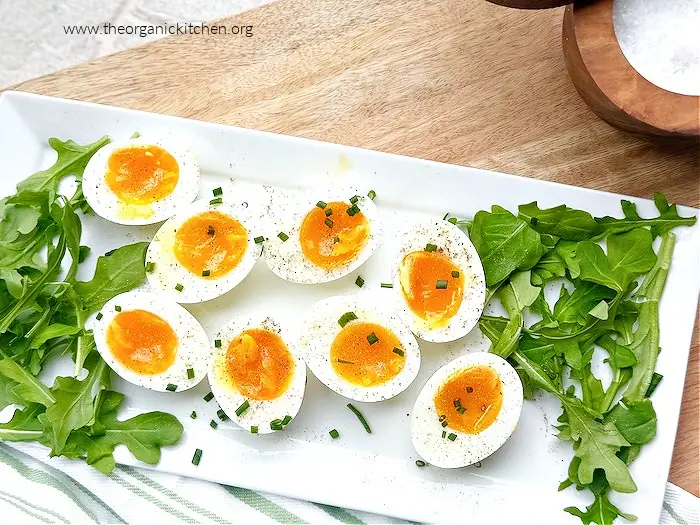
Why a Hard-Boiled Egg Before Bed Could Be a Game-Changer for Sleep and Metabolism
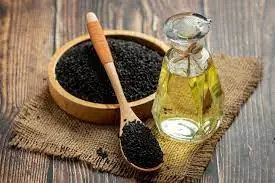
Proven Health Benefits of Black Seed and Black Seed Oil

1 cup that instantly wakes your kidneys up and strengthens them naturally
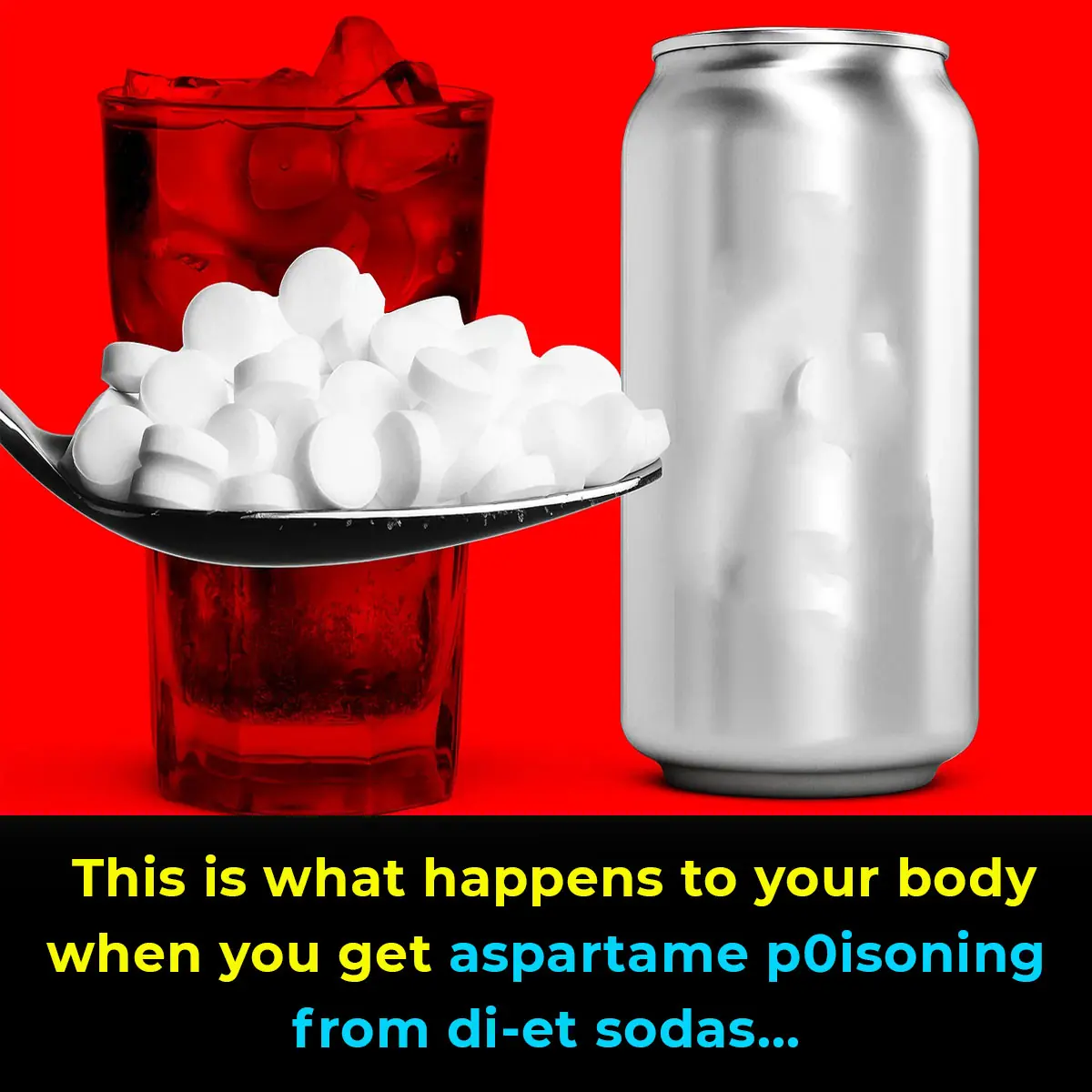
This Is What Happens To Your Body When You Get Aspartame Poisoning From Diet Sodas
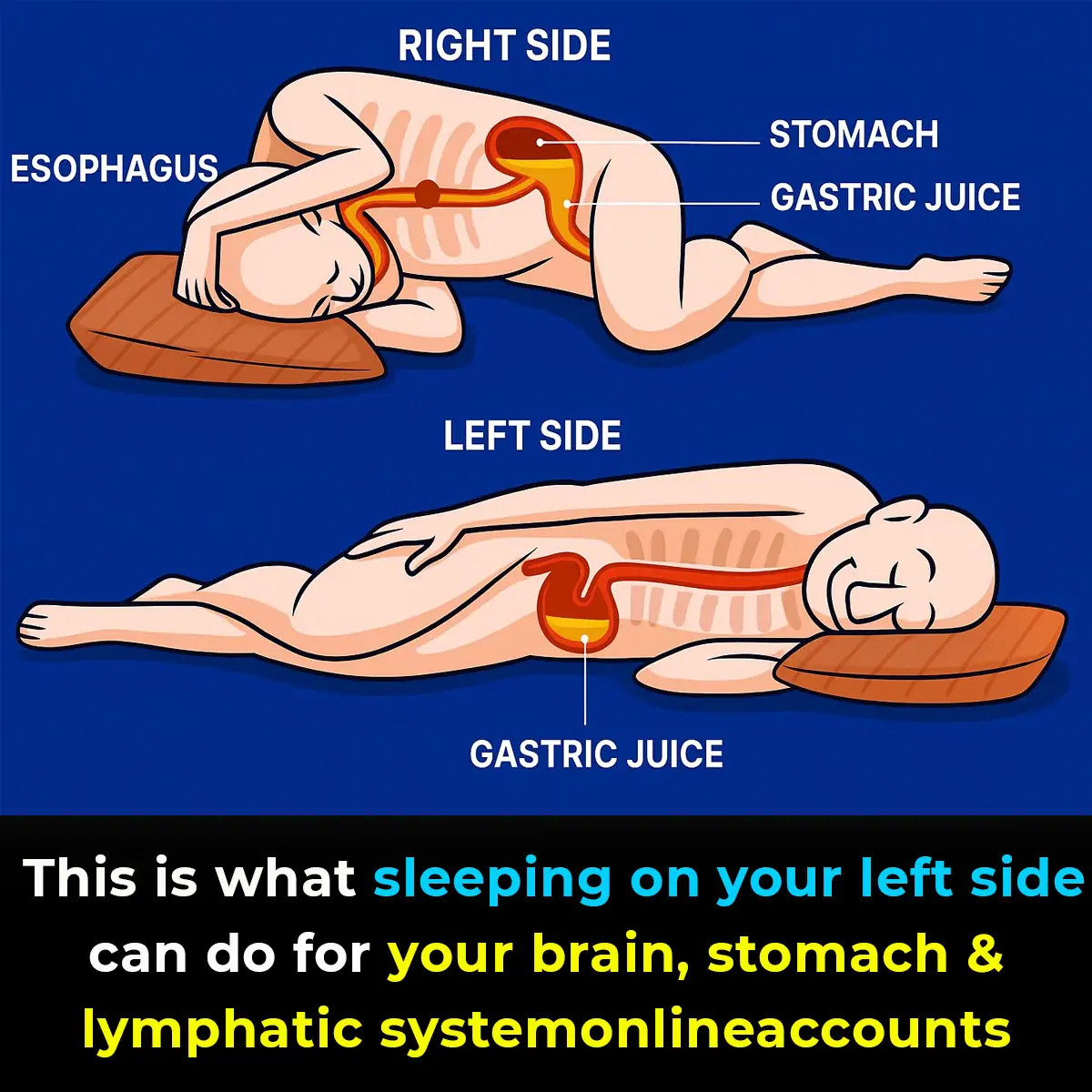
This is what sleeping on your left side can do for your brain, stomach and lymphatic system

Kissing Bug Bites: Silent Home Invaders Spreading Hidden Health Risks
Summer is a season of sunshine, fun, and outdoor adventures—but it also attracts some unwelcome guests. Alongside mosquitoes and ticks, another insect is drawing concern: the kissing bug. Despite its gentle-sounding name, this creature poses a very real
News Post

How surgeon who amputated his own legs was caught as he's sentenced to 32 months in prison

PlayStation handing out rare refunds to gamers over popular new game

🌿 17 Health Conditions That May Benefit from Guava Leaf Tea + Easy Homemade Recipe
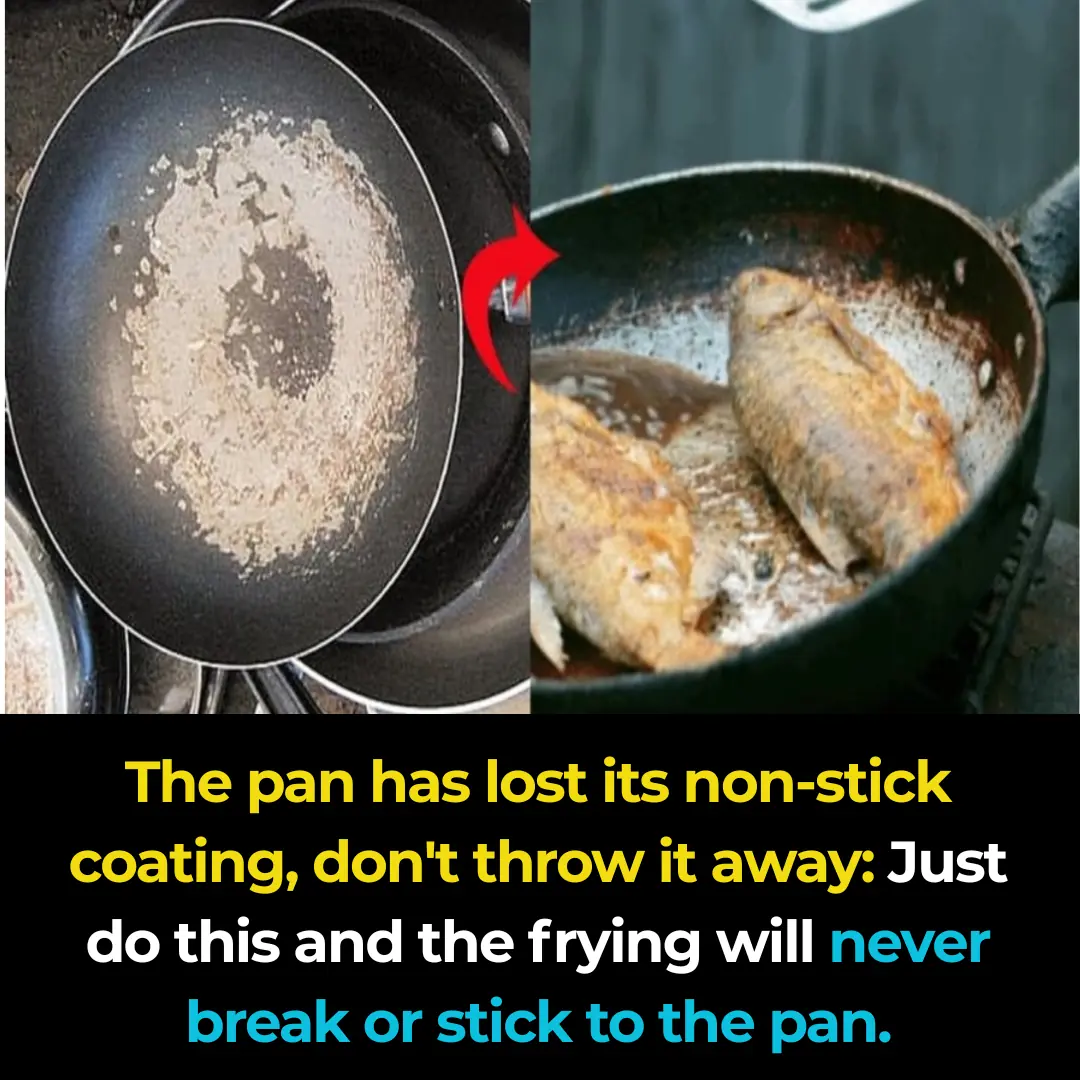
If your non-stick pan has lost its coating, don't rush to throw it away: Just do this, and you can fry and cook without it sticking or falling apart.

The golden 4-hour window for drinking coffee helps your body gain maximum benefits: detoxifying the li:ver and promoting smooth digestion.
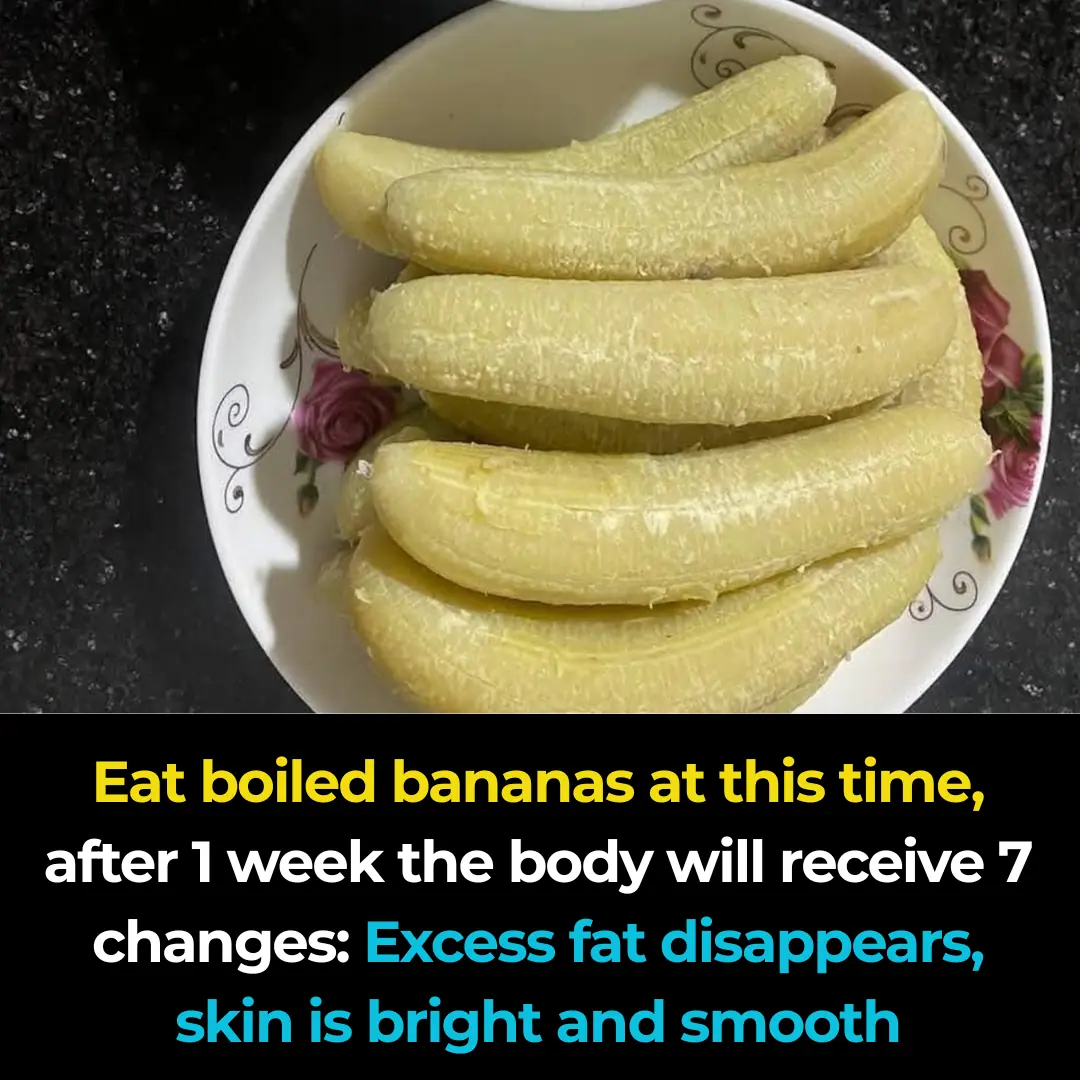
Eating boiled bananas at this time, after just 1 week, your body will experience 7 changes
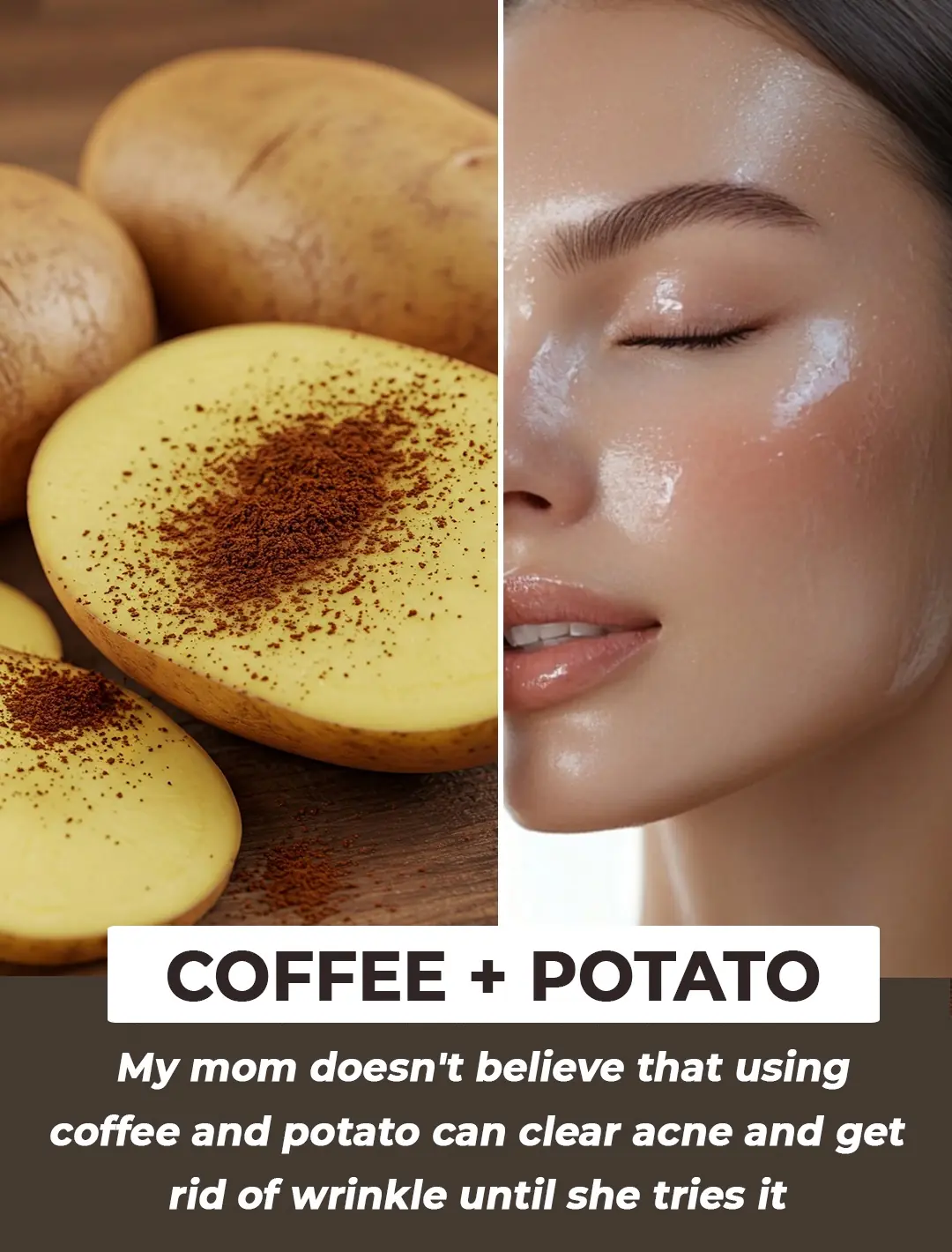
Add potato to coffee to get rid of wrinkles in just 1 week
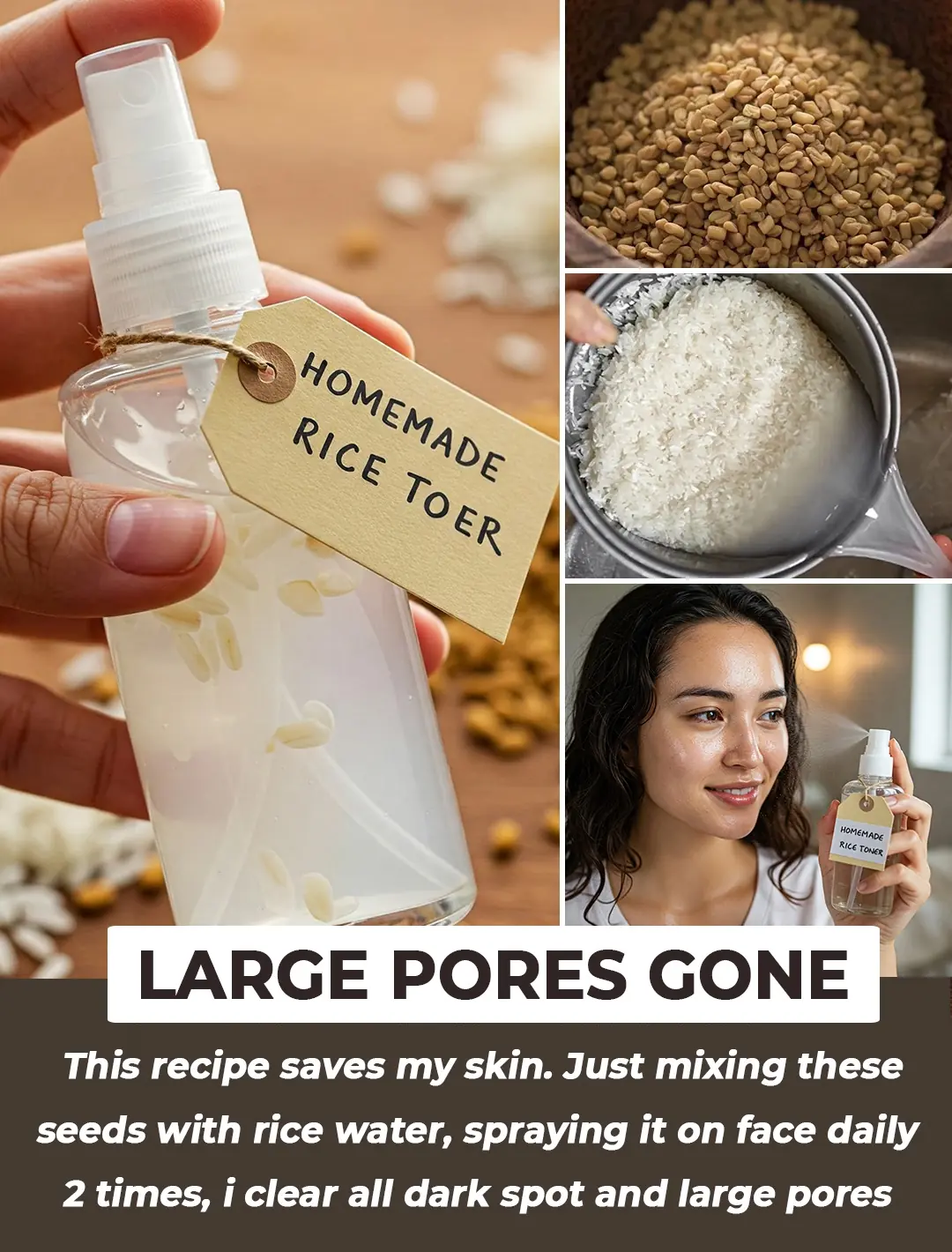
Homemade Rice water & Methi Dana Toner for Glowing Skin
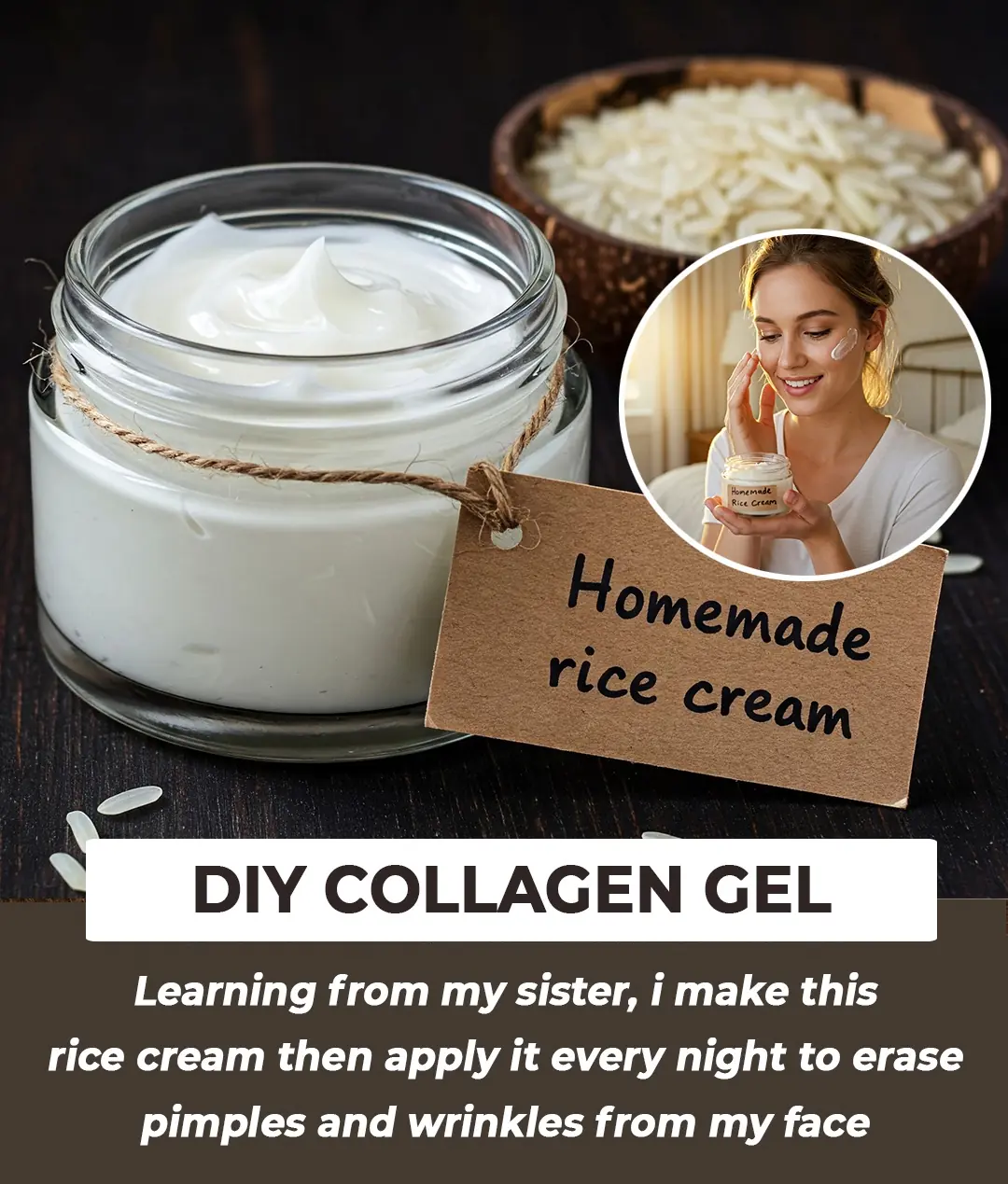
The DIY anti-ageing cream that is very effective to get rid of wrinkles and fine lines on your face
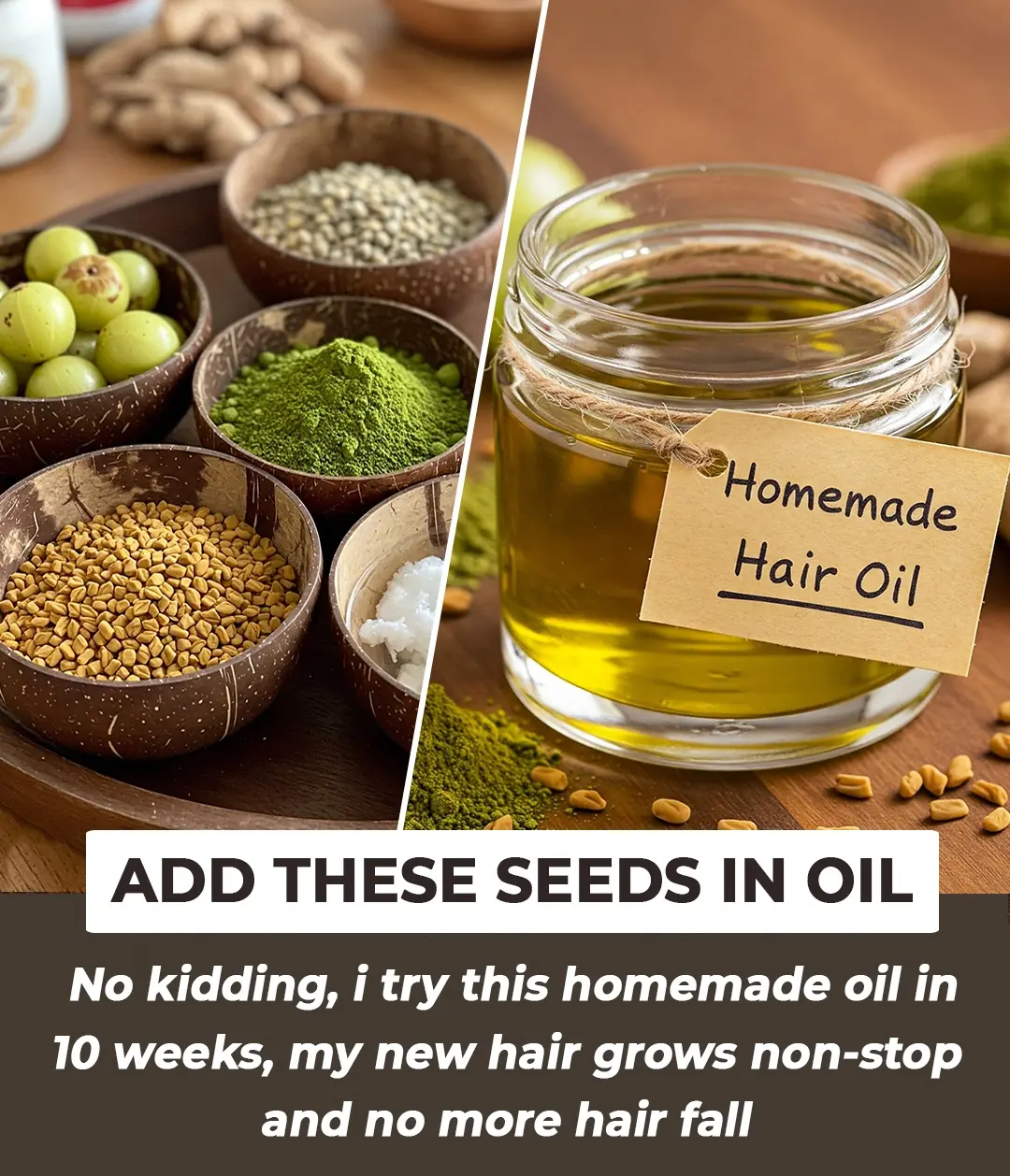
Herbal Remedies for Strong, Lush Hair: Easy Recipe Everyone Can Make At Home

Flaxseed Gel for Wrinkles: The Natural DIY Solution for Smoother, Youthful Skin

10 Tomato Slice Skincare Remedies for Wrinkles, Pores, and Glowing Skin: Natural DIY Treatments
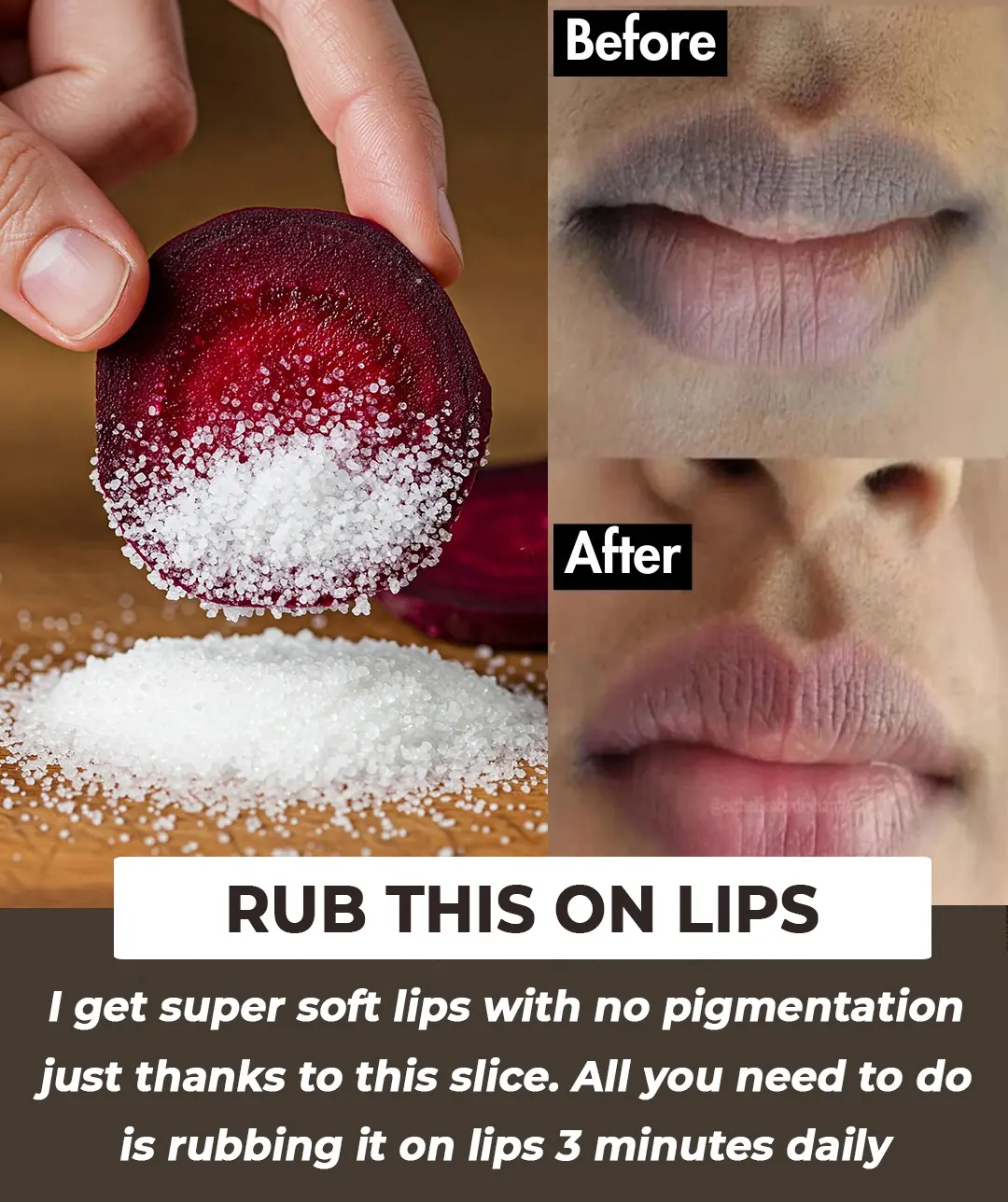
Super Effective DIYs to Achieve Soft, Pink, and Perfect Lips

A Scientific Look at Oregano’s Role in Supporting Wellness
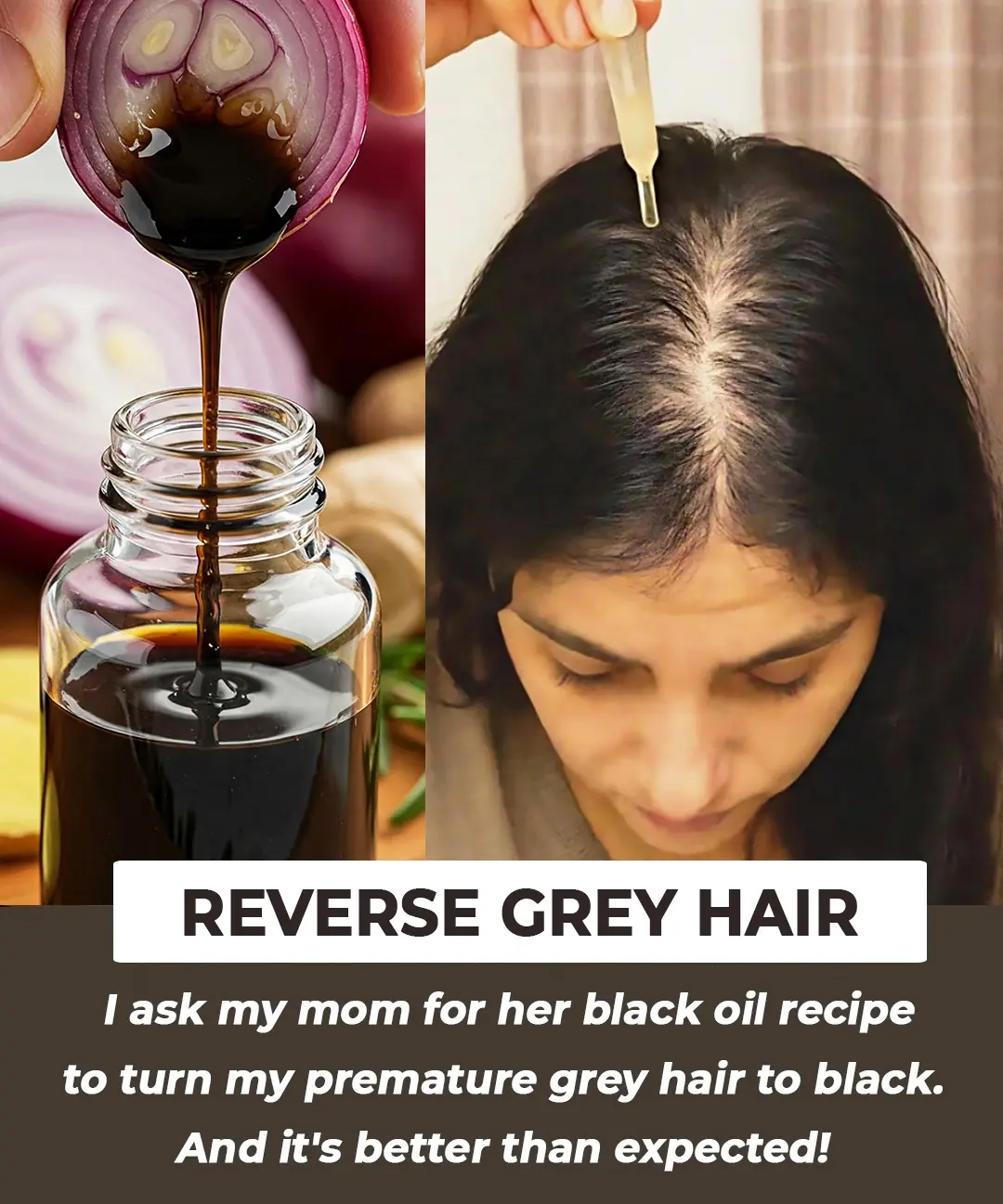
Reverse Hair Greying Naturally: Effective Treatments and Remedies for Restoring Hair Color
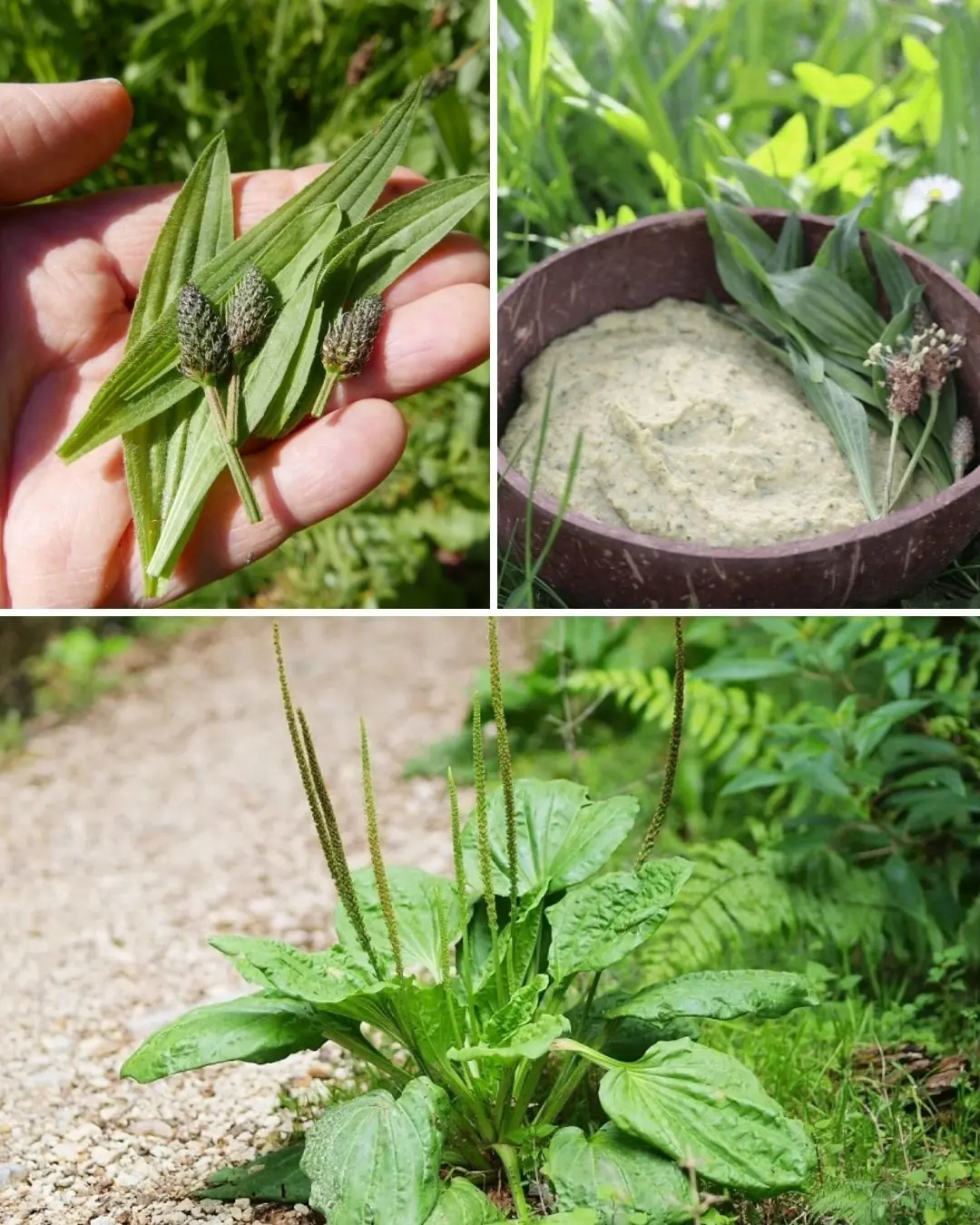
The Incredible Benefits of Plantago lanceolata and How to Use It
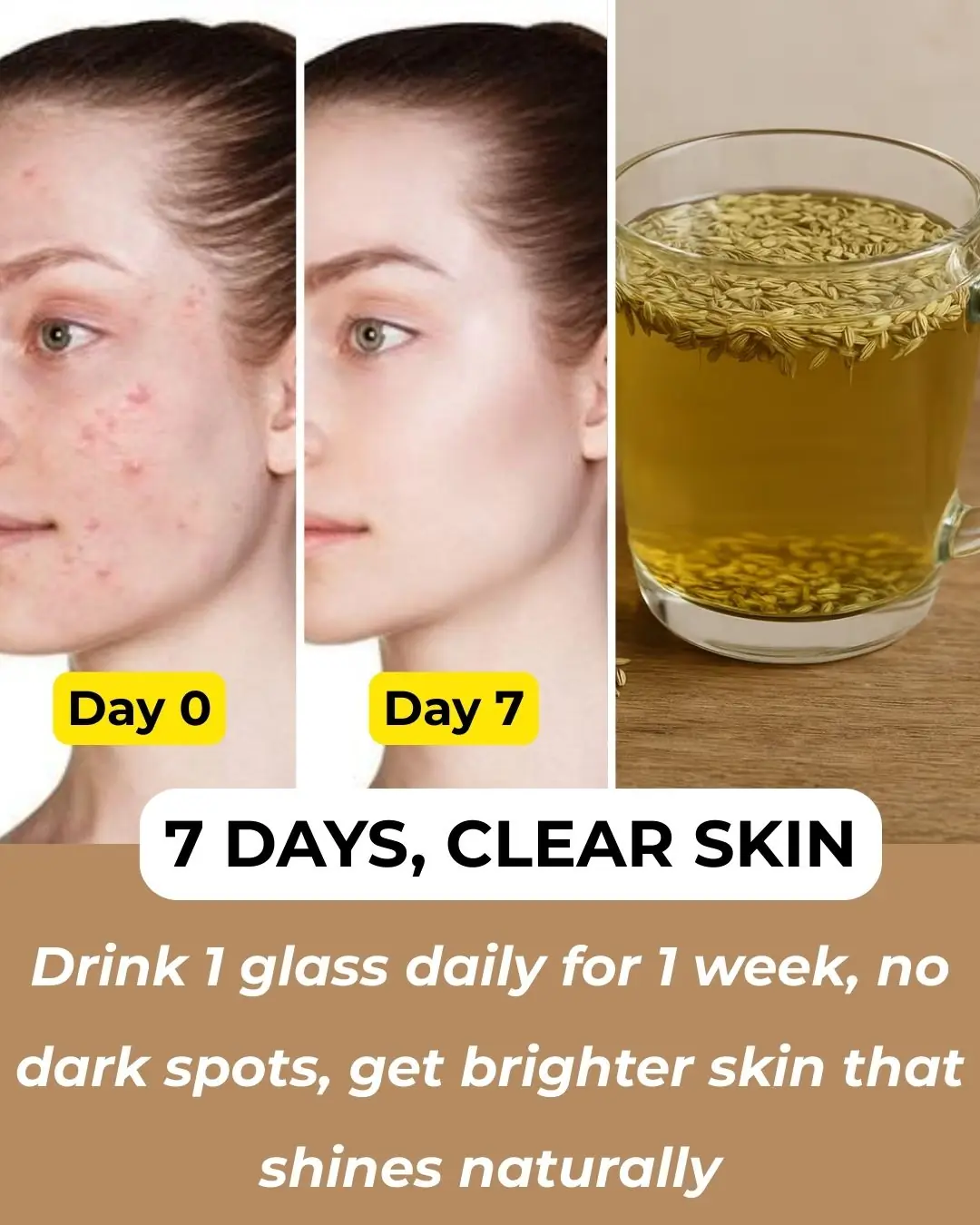
CCF Detox Drink For Glowing Flawless Skin

Exploring the Health Benefits of Common Mallow: A Nutritional Powerhouse
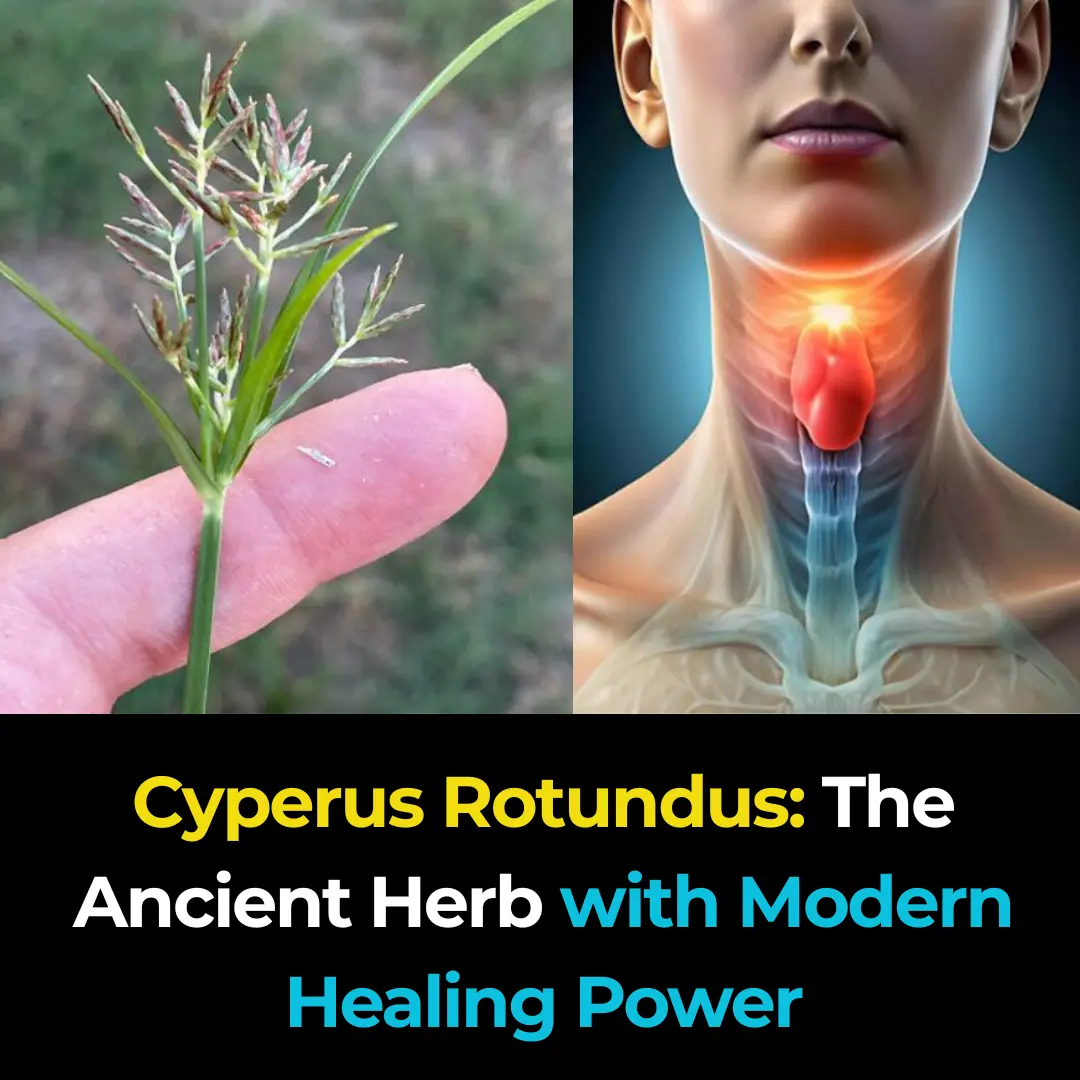
Cyperus Rotundus: The Ancient Herb with Modern Healing Power
